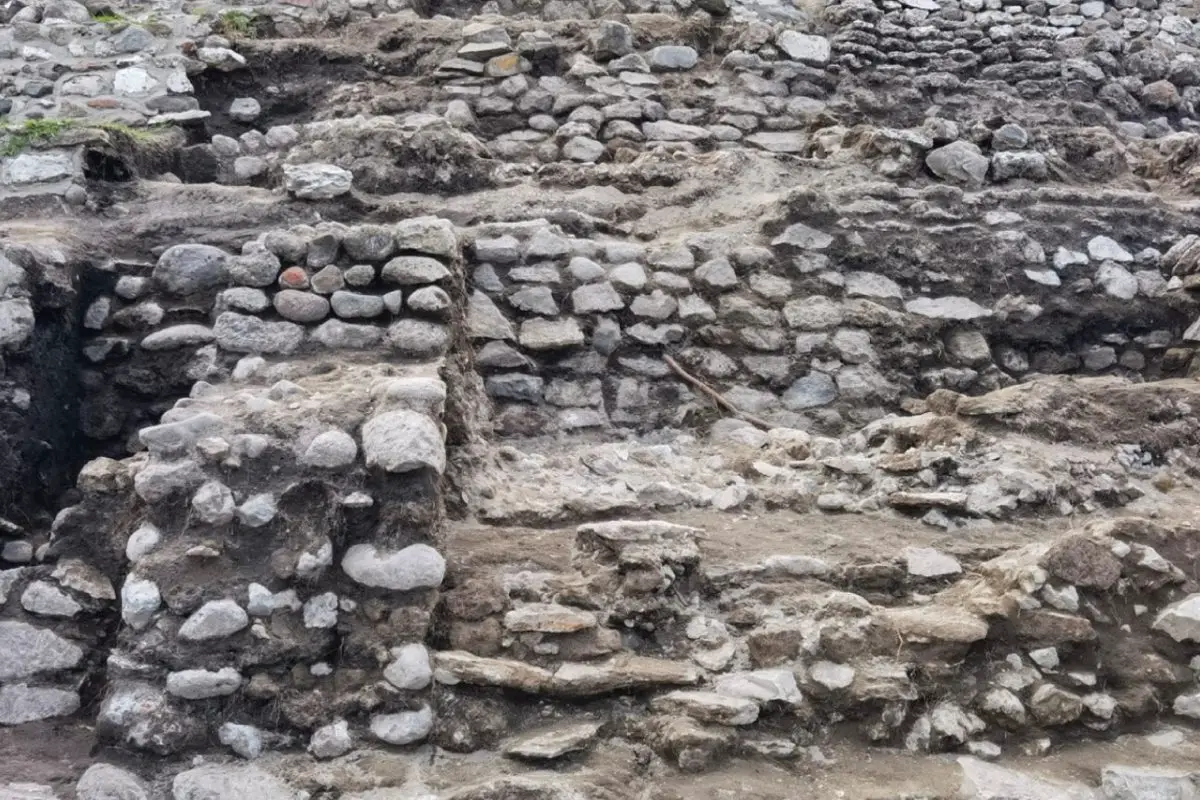Archaeologists from the National Institute of Anthropology and History (INAH) have discovered several ceremonial offerings, and a staircase to the spiral pyramidal monument at the pre-Columbian site of Xochitécatl, located in the Mexican State of Tlaxcala.
Xochitécatl was founded during the Middle Pre-Classic Period around 800 BC upon the summit of a 4 km-wide extinct volcano, that rises 200 metres above the floor of the Puebla-Tlaxcala Valley.
In AD 150, an eruption of the Popocatepetl Volcano led to the site being abandoned, until it was resettled in AD 650, emerging as a ceremonial centre within the extended urban area of Cacaxtla. By AD 950, both Xochitecatl and Cacaxtla were abandoned, although there is evidence of continued ritual activity in the Post-Classic Period.
Excavations were conducted at the site’s spiral pyramidal monument within the framework of works initiated by the Ministry of Culture of the Government of Mexico, in preparation for the construction of a museum at Xochitécatl.

On the northern side of the monument, the researchers discovered the original staircase, and several figurines carrying a maxtlatl (loincloth) painted in red, with elaborate headdresses, batons and a clay scroll in hand.
The team also unearthed two vessels of the Composite Silhouette type, for which micro-excavations are being conducted on the vessels to determine the contents and whether they could belong to the individuals represented in the figurines.
Archaeologists Laura Ledesma Gallegos said: “The entire offering is Late-Classic, except for a figurine from the Pre-Classic Period (2,500 BC-200 AD), and it may be talking about the reiteration of a lineage, possibly of priests or some type of hierarch of the settlement.”
The researchers intend to continue excavations of the steps at the spiral pyramidal monument, in the hope that the results will enable them to reintegrate the original elements into the monument.
Header Image Credit : INAH





